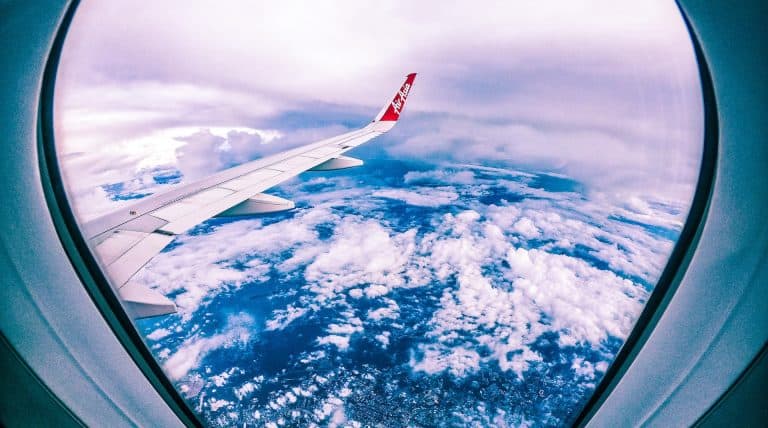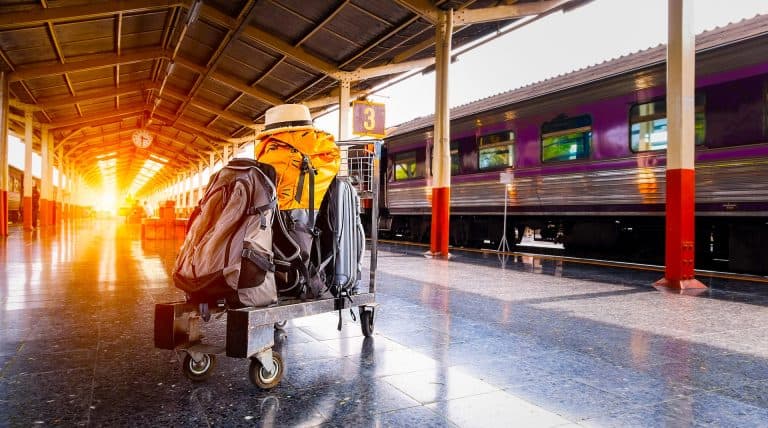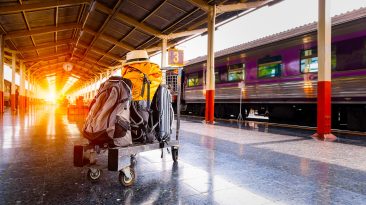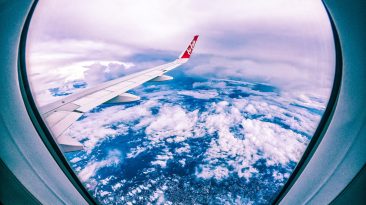The Philippines is a treasure trove of white-sand beaches, verdant rainforests, and vibrant cities. Whether you’re planning a serene retreat or an action-packed...
A Comprehensive Checklist for Visitors to the Philippines The Philippines, an archipelago of over 7,100 islands in Southeast Asia, beckons travelers with its pristine...
A Comprehensive Checklist for Visitors Traveling to the Philippines
The Philippines is a dream destination for many travelers, offering a blend of natural beauty and cultural experiences. However, like any trip, preparation is the key to enjoying a seamless journey. This checklist serves as a guide to ensure that you've got all aspects of your trip covered, from packing essentials to cultural nuances. So, pack your bags, brush up on your Filipino phrases, and get ready for an unforgettable adventure in the heart of Southeast Asia!
The Philippines boasts of diverse landscapes, rich history, vibrant cultures, and warm, welcoming locals. Whether you're after pristine beaches, bustling cities, scenic hikes, or historic sights, this Southeast Asian nation has something for every traveler. But to ensure a hassle-free and memorable trip, it's essential to come prepared. Here's a comprehensive checklist to help you gear up for your adventure in the Philippines:
1. Pre-Travel Checklist
a. Visa and Passport Requirements:
- Ensure your passport is valid for at least six months beyond your departure date.
- Most nationalities can enter the Philippines without a visa for up to 30 days. However, check your country's specific visa requirements.
b. Vaccinations:
- Consult with a travel doctor regarding recommended vaccinations like Hepatitis A, Typhoid, and Tetanus-Diphtheria.
c. Travel Insurance:
- Purchase comprehensive travel insurance that covers medical emergencies, evacuations, and trip cancellations.
d. Research Local Weather:
- The Philippines has a tropical climate. Familiarize yourself with the country's rainy and dry seasons to pack accordingly.
2. Packing Checklist
a. Clothing:
- Lightweight clothing for humid climates (cotton shirts, shorts, dresses).
- Swimwear for beach destinations.
- A light jacket or sweater for cooler areas and unexpected rain showers.
- Sturdy shoes or sandals for exploring.
b. Medications and Health Supplies:
- Prescription medications in their original bottles.
- Over-the-counter remedies for common ailments (pain, diarrhea, allergies).
- Mosquito repellent and sunscreen.
- Hand sanitizer and wet wipes.
c. Electronics:
- Universal plug adapter (the Philippines uses 220V, 60Hz, and Type A or B outlets).
- Portable charger or power bank.
- Camera with extra memory cards and batteries.
d. Miscellaneous:
- Photocopies of essential documents (passport, ID, insurance).
- Reusable water bottle.
- Snorkeling gear (if you plan to explore the marine life).
3. Cultural Awareness Checklist
a. Language:
- While English is widely spoken, learning basic Filipino phrases like “Magandang araw” (Good day) can go a long way.
b. Etiquette:
- Filipinos are warm and hospitable. A simple smile and nod can break barriers.
- When entering homes, it's polite to remove your shoes.
c. Safety:
- While the Philippines is generally safe, it's wise to be cautious. Avoid displaying wealth and always watch your belongings in crowded places.
4. Itinerary Planning Checklist
a. Must-Visit Destinations:
- Manila: The bustling capital with rich history, shopping districts, and nightlife.
- Boracay: Famous for its white sandy beaches.
- Palawan: Boasting the Underground River and pristine islands like El Nido and Coron.
- Cebu: Rich in history, waterfalls, and diving spots.
b. Local Experiences:
- Attend a local fiesta or festival.
- Try traditional foods like adobo, lechon, and halo-halo.
- Attend a traditional Filipino dance or music performance.
c. Activities:
- Island hopping: A must in an archipelago nation!
- Diving and snorkeling: Tubbataha Reefs, Anilao, and Apo Island are popular spots.
- Hiking: Mount Apo, Mount Pulag, and the Banaue Rice Terraces await exploration.
5. Transportation Checklist
a. Within Cities:
- Familiarize yourself with public transportation options like jeepneys, tricycles, and taxis.
- Download ride-hailing apps like Grab for convenient city transportation.
b. Between Islands:
- Domestic flights connect major islands. Book in advance for better rates.
- Ferries are another option, though they can be slower.
6. Money and Finance Checklist
a. Currency:
- The Philippine Peso (PHP) is the national currency. Carry a mix of cash and cards.
b. ATMs:
- While ATMs are widely available in cities, some remote areas might lack them. Plan accordingly.
c. Budgeting:
- The Philippines is affordable for most travelers. However, touristy areas can be pricier.
7. Emergency Contacts
- National emergency number: 911
- Tourist police: Depending on the city, it's wise to have the local tourist police's contact.
















